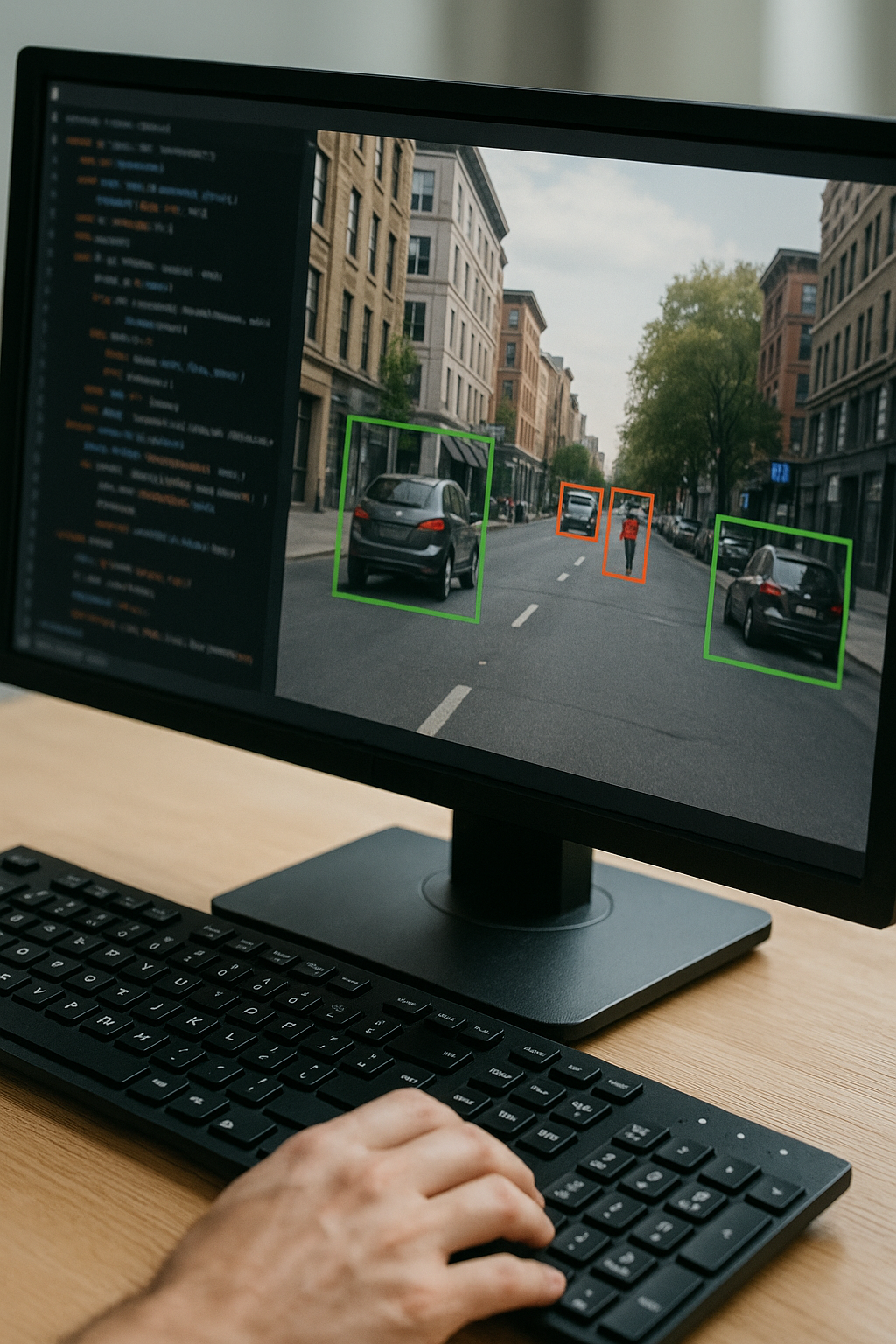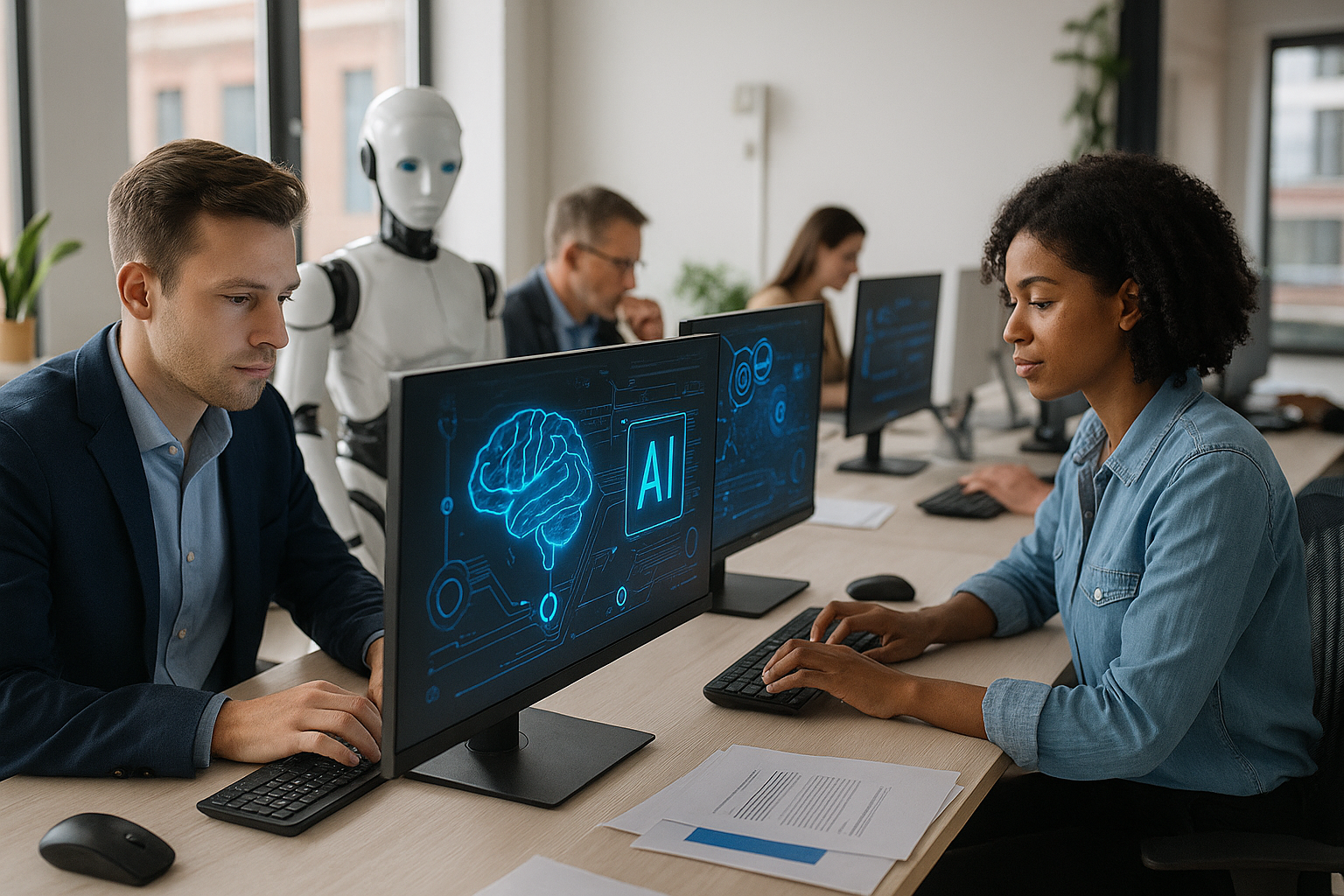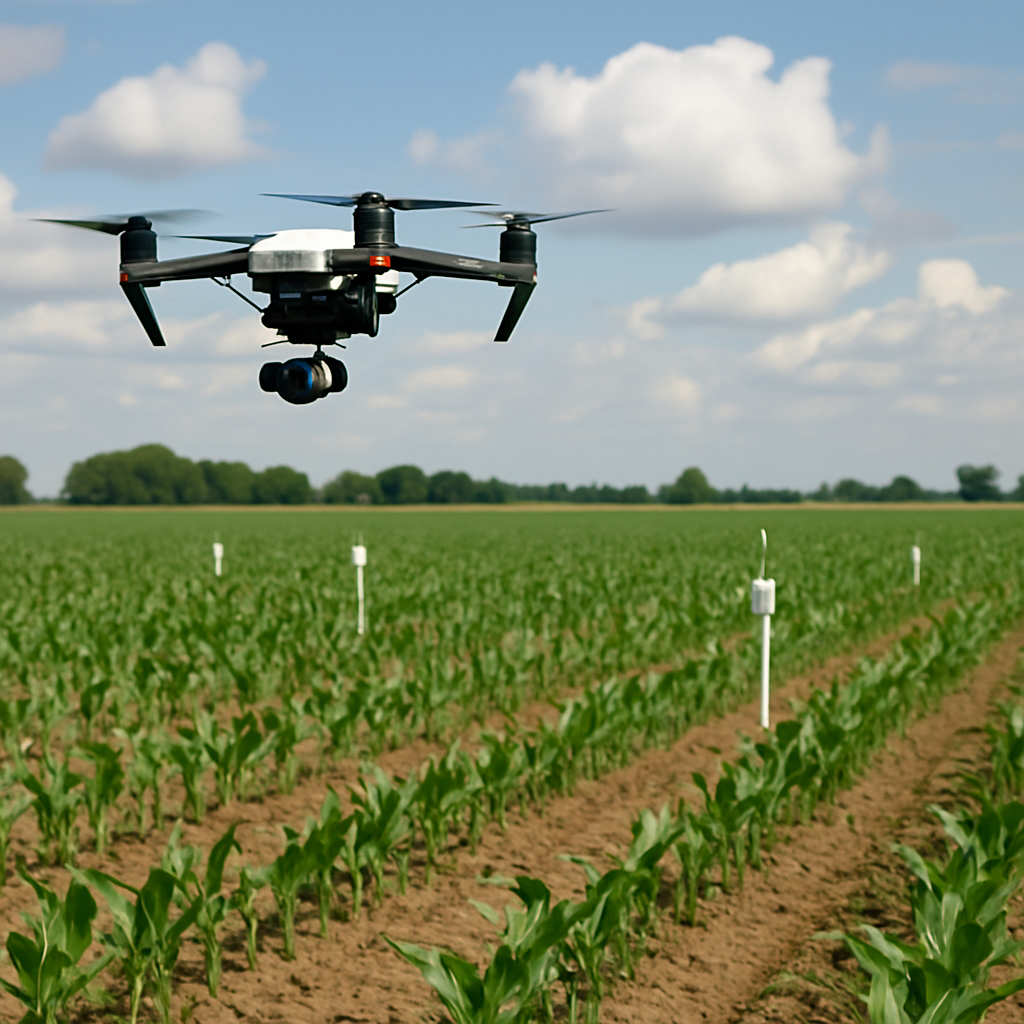A Deep Dive into the Latest Breakthroughs
Let's delve into the most significant AI news.
The relentless march of artificial intelligence continues to reshape industries and redefine our world. This week, several groundbreaking developments have pushed the boundaries of what's possible. Let's delve into the most significant AI news.
1. A Protein Structure Revolution: AI Cracks the Code
A groundbreaking study published in Nature has unveiled a new AI model capable of predicting protein structures with unprecedented accuracy. This breakthrough marks a quantum leap in our understanding of biology and holds immense promise for drug discovery, disease research, and material science.
Previously, determining protein structures was a time-consuming and labor-intensive process, often relying on techniques like X-ray crystallography and nuclear magnetic resonance (NMR) spectroscopy. The new AI model, developed by [research team or institution], leverages advanced machine learning algorithms to analyze vast amounts of protein data and predict their three-dimensional structures with remarkable precision.
The implications of this breakthrough are far-reaching. By understanding protein structures, scientists can gain insights into how proteins function, interact, and malfunction in diseases. This knowledge can accelerate the development of targeted therapies, leading to more effective treatments for a wide range of conditions. Additionally, the ability to design proteins with specific properties could revolutionize materials science, creating novel materials with tailored characteristics.
2. Deepfakes: The Looming Threat to Trust
The specter of deepfakes continues to cast a long shadow over the digital landscape. A recent high-profile incident involving [briefly describe incident] has once again highlighted the urgent need for countermeasures. These hyperrealistic synthetic media, generated by sophisticated AI algorithms, are becoming increasingly difficult to distinguish from genuine content.
The potential for misuse is alarming. Deepfakes can be used to spread misinformation, damage reputations, and even manipulate financial markets. Moreover, they pose a significant threat to democratic processes by undermining trust in information and institutions.
To combat this growing challenge, a multi-pronged approach is required. Technological advancements in deepfake detection are crucial, as are efforts to educate the public about the risks of deepfakes. Additionally, policymakers must develop robust regulations to govern the creation and dissemination of deepfake content.
3. Climate Modeling Gets a Boost from AI
Climate change is one of the most pressing challenges of our time. Accurate climate models are essential for understanding the complex interactions between the Earth's systems and developing effective mitigation and adaptation strategies. A recent breakthrough in climate modeling, enabled by AI, has brought us closer to this goal.
Researchers at [institution] have developed a new climate model that incorporates machine learning techniques to improve the representation of physical processes and reduce uncertainties in predictions. By leveraging vast amounts of data and computational power, the model can simulate complex climate phenomena with greater accuracy, including extreme weather events, ocean currents, and ice dynamics.
This advancement has significant implications for policymakers, businesses, and communities. With more reliable climate projections, it's possible to make informed decisions about infrastructure development, disaster preparedness, and resource management.

4. The AI Job Market: A Complex Tapestry
The relationship between AI and the job market is a complex and evolving one. While concerns about job displacement persist, it's essential to recognize that AI is also creating new opportunities and transforming the nature of work.
A recent study by [organization] analyzed the impact of AI on various industries, shedding light on both the challenges and potential benefits. While certain routine tasks are increasingly being automated, the report also highlights the growing demand for workers with specialized skills in AI development, data analysis, and human-centered design.
To thrive in the AI era, individuals and organizations must embrace lifelong learning and upskilling. By acquiring new competencies and adapting to changing job demands, workers can increase their resilience and capitalize on emerging opportunities.
5. Bias Detection: A Crucial Step Towards Fair AI
Bias in AI systems is a serious concern, with the potential to perpetuate discrimination and inequality. A new tool developed aims to address this issue by identifying and mitigating biases in AI algorithms.
The tool uses advanced machine learning techniques to analyze training data and model outputs for signs of bias. By detecting biases early in the development process, it's possible to take corrective actions and ensure that AI systems are fair and equitable.
While this is a promising development, it's important to recognize that bias is a complex and multifaceted problem.Addressing bias requires a holistic approach that includes diverse representation in AI development teams, rigorous testing and evaluation, and ongoing monitoring of AI systems in deployment.
Stay Ahead of the AI Curve
The pace of AI innovation is staggering. To stay informed and competitive, you need access to the latest insights and trends. Subscribe to our newsletter for weekly updates on the most groundbreaking AI developments, expert analysis, and practical advice.
Unlock the power of AI. Subscribe today.
Sign Up For Our Weekly Newsletter and Get Your FREE Ebook " AI For Everyone - Learn the Basics and Embrace the Future"











